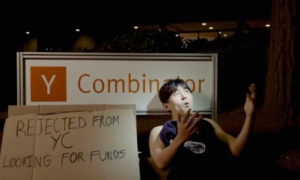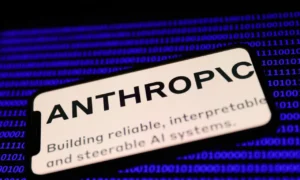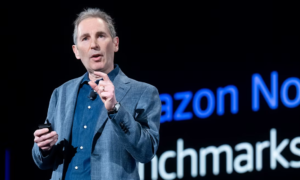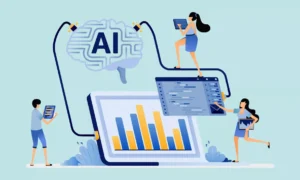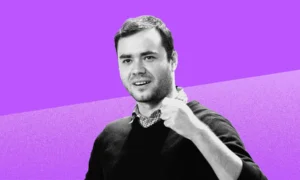Netflix has entered uncharted territory. The entertainment company deployed artificial intelligence to generate visual effects in an original production, setting a new precedent for how studios balance creative ambition with budget reality.
This historic moment occurred during filming of “The Eternauts,” an Argentine science fiction series. AI technology created a building collapse scene in Buenos Aires that would have been financially impossible using traditional methods. The process took days instead of weeks, at a much lower cost.
Inside the Latest Development
Ted Sarandos, Netflix’s co-chief executive, shared this news during the company’s recent earnings announcement. The AI-generated sequence solved a major budget problem for the show.
“The cost of it would just wouldn’t have been feasible for a show in that budget,” Sarandos stated. Production teams completed the collapse sequence 10 times faster than standard special effects would allow.
These revelations accompanied impressive financial performance. Netflix earned $11 billion in revenue during the second quarter, representing a 16% increase from the previous year. Company profits rose from $2.1 billion to $3.1 billion.
“Squid Game’s” final season contributed significantly to this success, drawing 122 million viewers. However, the AI breakthrough may have greater long-term implications for the entertainment industry.
Sarandos emphasized the significance of this achievement: “That sequence actually is the very first [generative] AI final footage to appear on screen in a Netflix original series or film. So the creators were thrilled with the result.”
This decision places Netflix at the forefront of a contentious industry debate about artificial intelligence’s role in entertainment production.
The Broader Impact
This development could fundamentally alter how streaming services approach production financing. High-quality visual effects have traditionally been available only to big-budget productions, leaving smaller projects with limited creative options.
Imagine a community theater suddenly having access to professional lighting and stage equipment. AI offers similar possibilities for television and film productions that previously couldn’t afford sophisticated visual effects.
The timing carries special significance. Hollywood recently concluded 2023’s labor strikes, where artificial intelligence concerns dominated discussions. The Screen Actors Guild demanded stronger AI regulations during their three-month work stoppage.
Industry responses have varied considerably. Tyler Perry, the film producer, postponed an $800 million studio expansion in Atlanta last year due to concerns about AI’s effect on employment. OpenAI’s Sora tool announcement generated both enthusiasm and worry about AI-generated video capabilities.
Creative professionals remain divided. Some view AI as damaging to traditional filmmaking craftsmanship. Others consider it another useful tool for artistic expression.
Professional Perspective
Davier Yoon, who co-founded Singapore animation studio CraveFX, expected Netflix’s decision. Major studios increasingly embrace this technology, he observed.
“AI definitely opens the gate to allow smaller studios to achieve big budget-looking visuals,” Yoon said. “Ultimately, it is the artist who decides what is in the final image, not AI.”
Looking Ahead
Netflix’s experiment may accelerate AI adoption throughout the streaming industry. We’re possibly witnessing the emergence of a new production approach where creative professionals incorporate AI as one tool among many, rather than replacing human artistic vision.
Success will depend on audience and industry acceptance. Will viewers detect the difference? More crucially, will competing studios embrace Netflix’s approach or resist due to creative philosophy concerns?
This moment could signal the start of a major transformation in entertainment production methods.
How do you feel about AI-generated effects in television and movies?




